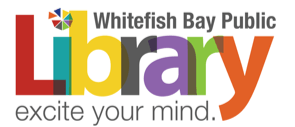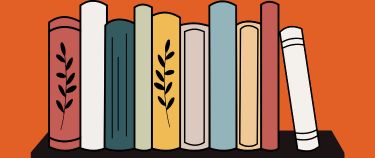

Blog
 Metafiction
Metafiction
Posted to: category on November 3, 2017
Several of my favorite works of fiction employ literary devices that call attention to the fictional nature of the work. Some might also describe them as postmodern fiction. As you can see from this list, I’ve included works by authors from many different eras and nationalities. The oldest work is probably also the most important in terms of influence: The Decameron.
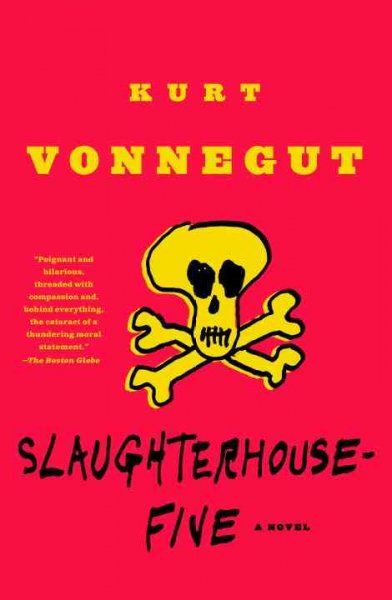 Slaughterhouse Five / by Kurt Vonnegut. F VONN
Slaughterhouse Five / by Kurt Vonnegut. F VONN
Probably the best known work in this list, Slaughterhouse Five falls in the category of metafiction because it is a half-memoir, half fictional work and because of its nonlinear narrative. The first chapter is all about Vonnegut’s attempts to write his war book over a span of twenty years. Then we meet the fictionalized character Billy Pilgrim, who probably has very little to do with Vonnegut, who was himself a WWII veteran. The main feature of Billy is that he can become “unstuck” in time and thus can basically travel through time. The “meta” aspect of the book comes not only through this nonlinear narrative, but through the theme of all of us being authors in our own lives.
 Pale fire : a novel / by Vladimir Nabokov. F NABO
Pale fire : a novel / by Vladimir Nabokov. F NABO
This is one of my favorite books. The novel is centered on a poem called “Pale Fire” written by a fictional author named John Shade. More important than the poem itself is the commentary, index, and notes provided by the fictional editor, Charles Kinbote. Kinbote does not really examine the poem, but instead focuses on his own concerns and ends up showing us the plot, piece by piece. The work can be read straight through or by jumping back and forth, which is what makes it metafiction: it has a multidimensional narrative which draws attention to the narrative itself.
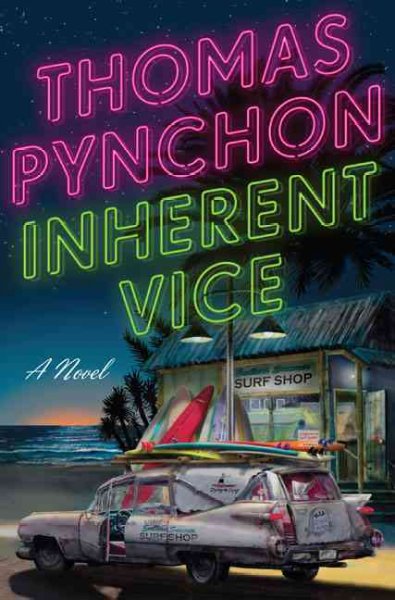 Inherent vice / Thomas Pynchon. F PYNC
Inherent vice / Thomas Pynchon. F PYNC
I included this not only because a movie version was recently made of it but because it is a great example of the genre. Like Vonnegut’s Slaughterhouse, this book tears up all notions of linear plot lines and cuts from one character’s perspective to another, effectively destroying any sense of linear narrative. The book is purposely confusing and can be read as a critique of late capitalism.
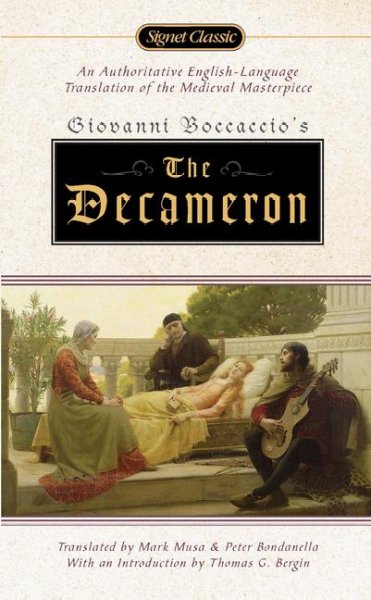 The Decameron / Trans. from the Italian by Frances Winwar. F BOCC
The Decameron / Trans. from the Italian by Frances Winwar. F BOCC
The Decameron is structured as a frame story, which lends the book its meta character. It is a series of 100 tales told by a group of women and men who are cloistered in a villa in Italy, trying to escape the Black Death. They tell the stories to entertain and distract themselves. The stories vary in thematic content, but many are erotic, some are farcical in nature, and some deal with mortality. This work calls attention to aspects of fiction that all authors manipulate, and authorship itself, since the stated intention of the storytellers’ is to entertain, and manipulate plot devices to do so.
Back to blogs
